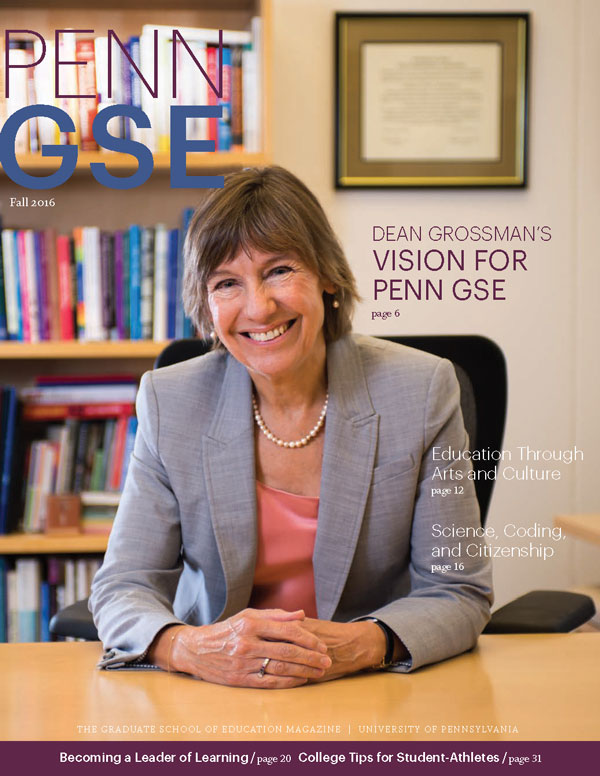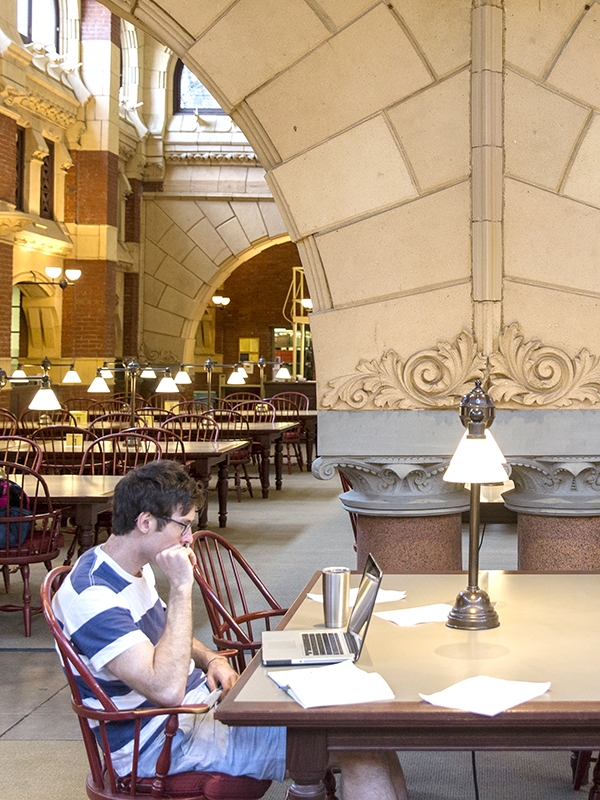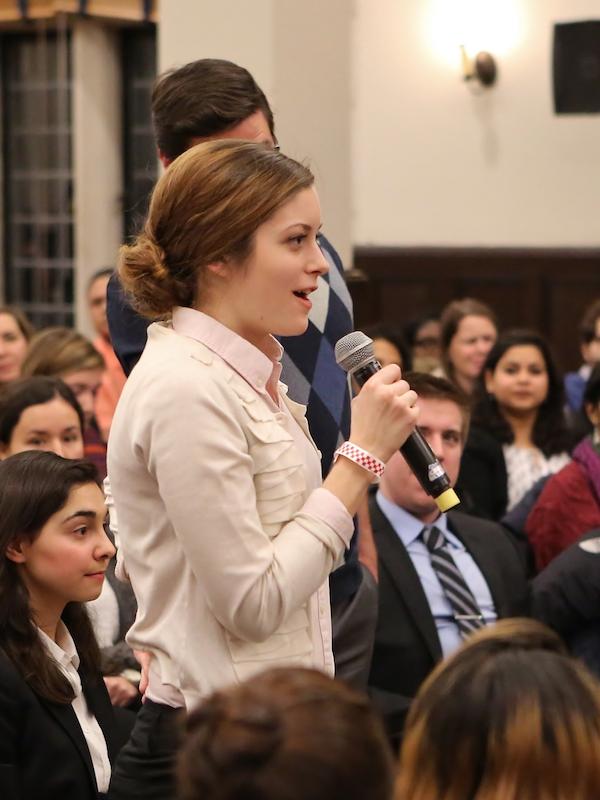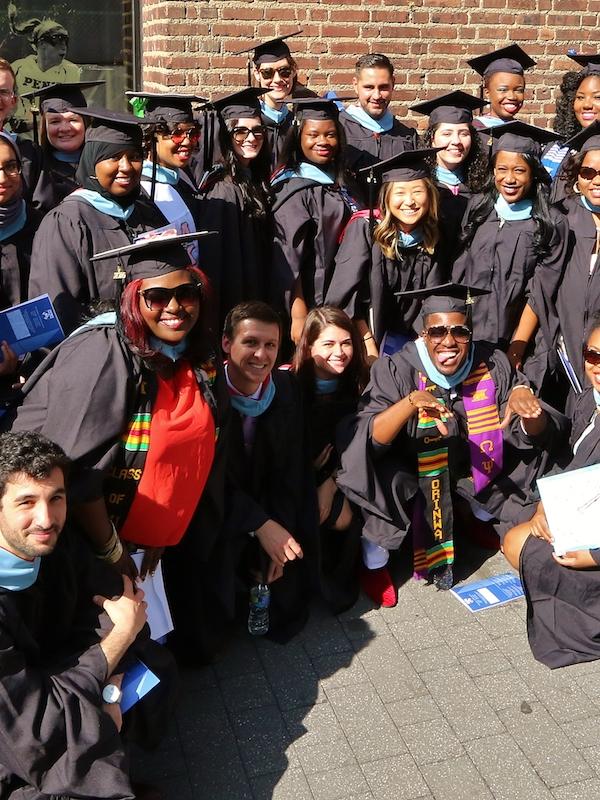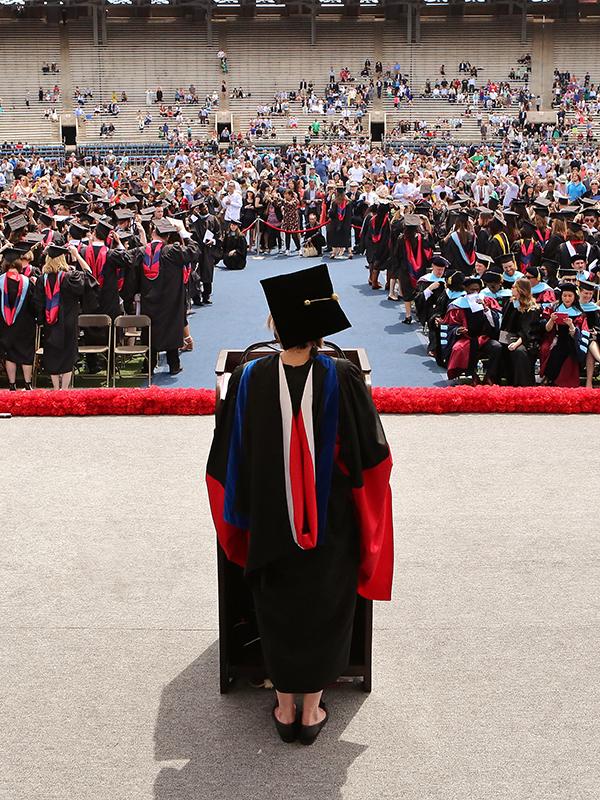Bringing African-American Art to the Forefront
“They say to African-American children: ‘Somebody who looks like me did this, and I can do this too.’”
by Susan Cousins Breen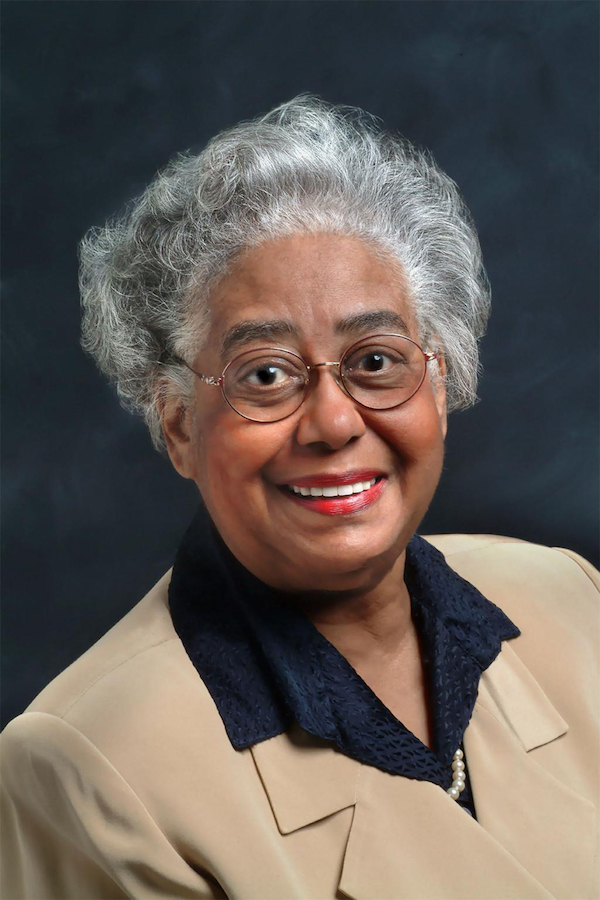
Philadelphia Museum of Art
Photo courtesy of the Philadelphia Museum of Art
Invited to join the Philadelphia Museum of Art Board of Trustees in 1992, the Philadelphia native found her niche when she was named chair of the museum’s newly created African-American Collections Committee in 2000.
“When I became superintendent, I said that the children come first and I’ve never deviated from that,” says Clayton. “My quest to educate children continues with my work at the museum.”
An advocate for increased prominence of African-American art at the museum, Clayton has worked to diversify the museum’s exhibits and curatorial staff.
“I’m proud of raising appreciation and respect for the work of African-American artists,” says the octogenarian. “Our museum draws people from all over the world, and so I said to the late director Anne d’Harnoncourt, ‘It’s important that we have African-American art exhibits.’ Anne; her successor, Timothy Rub; and the trustees showed a sensitivity to diversity issues and things began to change.”
Her efforts paid off in 2014 when Represent: 200 Years of African American Art opened, highlighting seventy-five works by fifty African-American artists. The works came from a 750-piece collection of African-American art assembled by the museum over the course of more than a century. Exhibited artists included Henry Ossawa Tanner, Horace Pippin, Jacob Lawrence, and Carrie Mae Weems.
During Represent, the museum announced the Constance E. Clayton Fellowship, which is intended to encourage people of color, including African-Americans, to enter the curatorial profession, a field in which they are often under-represented. The fellowship’s first recipient, Tyler Shine, recently began his work at the museum. This year, the museum has kept the spotlight on artists of African heritage with a season of “Creative Africa” programming and the exhibition Look Again: Contemporary Perspectives on African Art, a collaboration with the Penn Museum.
The exhibits’ impact on all children is crucial to Clayton. “They say to African-American children: ‘Somebody who looks like me did this, and I can do this too,’ particularly if they have encouragement from home or school,” she says. “And for children who are not African-American, the art says: ‘These people do have something to contribute.’”
Clayton completed her doctorate at Penn GSE just prior to becoming Philadelphia’s superintendent. She recalls that her legendary advisor, the late Dr. William B. Castetter, GR’48, was always accessible and encouraging, supporting her in her areas of professional focus. “He allowed me to do my research in early childhood education during a time when I had responsibility for all the district’s early childhood programs,” she says.
Clayton’s legacy is felt at Penn GSE today through the Marcus Foster Fellowship and the Constance E. Clayton Professorship in Urban Education. Clayton led the drive to establish the fellowship in 1984 to increase the number of full-time students of color at the School and honor the memory of Dr. Marcus Foster, GR’71, a nationally acclaimed African-American educator. The professorship, held today by Dr. Howard Stevenson, was established at GSE through the collective generosity of numerous donors upon Clayton’s retirement as superintendent, and made her the first African-American woman in the United States to be honored with an endowed professorship.
Stevenson, whose work focuses on techniques to identify and resolve racial issues in K–12 classrooms, cites Clayton as a source of inspiration. “She is a wonderful alumna, and I am very proud to hold the professorship in her name,” he says. “Art has an important role to play in educating the world about racial politics, racial conflict, and racial harmony and resolution.”
This article originally appeared in the Fall 2016 issue of The Penn GSE Magazine.

